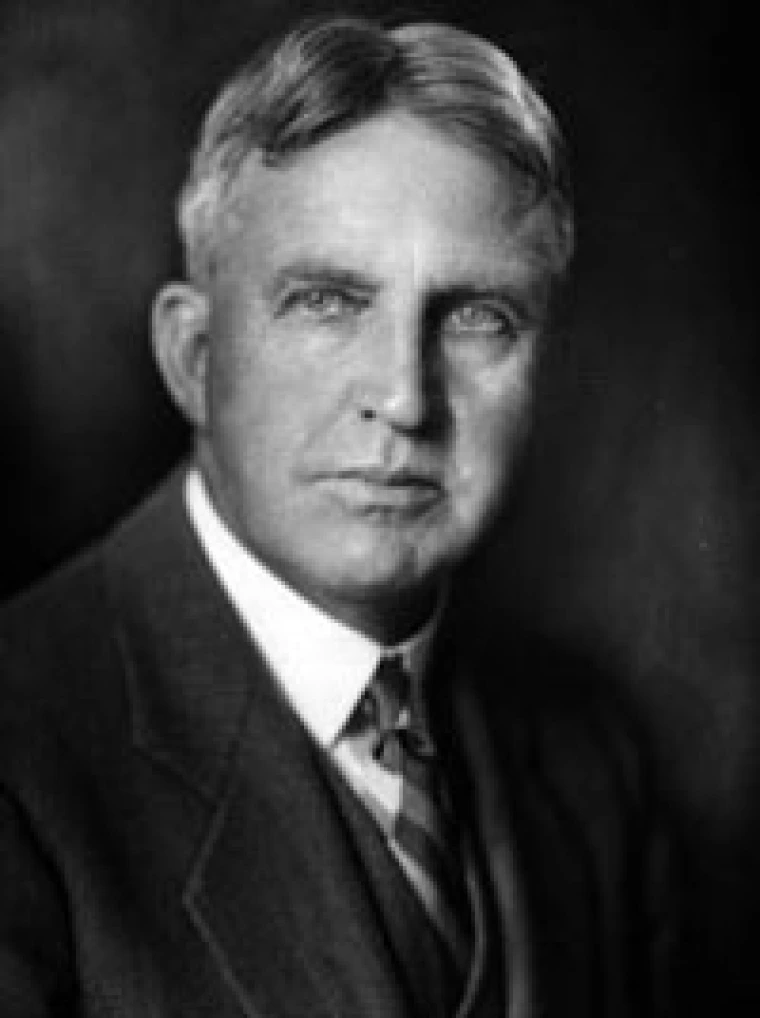Homer LeRoy Shantz

Years: 1928-1936
Presidential Order: 10th President
Homer LeRoy Shantz became the 10th president of the University of Arizona in 1928. Born in Kent County, Mich., in 1876, he earned a bachelor’s degree in botany from Colorado College in 1901 and a doctorate from the University of Nebraska in 1905. He served on various U.S. and international agencies conducting botany surveys and other investigations across Latin America, Europe and Africa. Before coming to the UA, he was head of the department of botany at the University of Illinois.
Shantz’s presidency began just before the Great Depression in 1929. By 1934-35, the teaching staff at the University numbered 175. Shantz’s sense of humor and optimistic outlook helped him keep his faculty. He led them to accept salary cuts when legislative appropriations were reduced to dismal levels. Official policy was to eliminate any nonessentials but students united around the polo team. In 1931 Will Rogers gave a benefit performance in Tucson to raise $2,000 so the polo team could go to New Haven, Conn., to play for the national championship. The UA beat Army 11-4, but lost to Yale 11-3. Through it all, the president’s slogan was: “We must PULL TOGETHER.”
Despite financial difficulties, Shantz was committed to moving the University forward. The College of Law was accredited and many new academic programs began during his tenure. The College of Fine Arts, the School of Music, the School of Business and Public Administration, and the College of Liberal Arts, which began as Arts and Sciences, were established. The College of Education evolved into a professional-level school and the Graduate College was formally established. An alumni fund drive helped erect Arizona Stadium, and Public Works Administration grants enabled the University to construct nine much-needed buildings.
Shantz loved botany. His commitment and knowledge enabled the University to ensure studies in saguaro forest lands, research of soil and water of the Salt River Valley, and studies of citrus blight. He submitted his resignation in the spring of 1936 after a long battle with the Legislature and the Board of Regents. After leaving the presidency he directed the U.S. Forest Service’s Division of Wildlife Management. He retired from the Forest Service in 1944, but remained active in government-sponsored vegetation surveys and teaching. He died in 1958.

